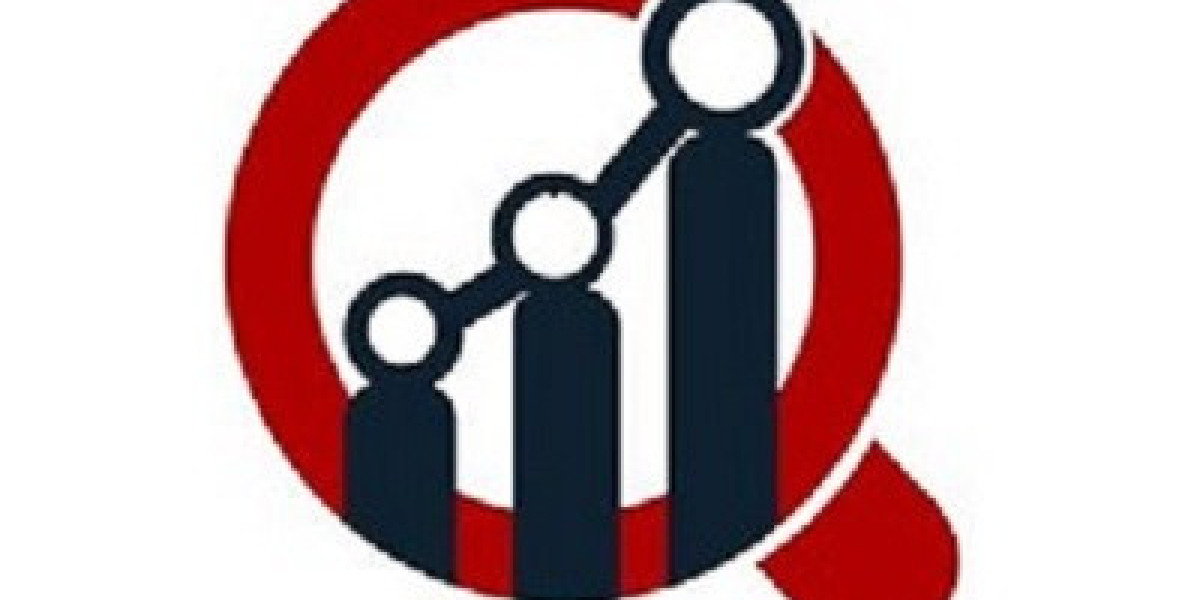Originally Published on: SpendEdge |Understanding Procurement Savings: What’s Hard and What’s Soft
Key Insights:
- Procurement Strategies: Achieving savings in procurement necessitates a combination of strategies, including analysis, operational enhancements, supplier consolidation, cost-saving initiatives, and collaboration.
- Hard vs. Soft Savings: Hard savings are tangible and directly measurable, while soft savings are indirect and require estimation, both crucial for organizational health.
- Cost Avoidance: Proactively avoiding potential costs through measures like negotiation and process optimization is essential for effective cost-saving efforts.
- Balancing Act: Attaining equilibrium between hard and soft savings in Lean initiatives is pivotal for sustainable improvement.
Understanding Hard and Soft Savings:
Hard savings are quantifiable and directly reduce expenses, while soft savings are challenging to measure and often involve intangible benefits.
Soft Savings Categories:
- Intangible Benefits: These include improved morale, shorter lead times, and increased trust, which are difficult to quantify monetarily.
- Projection-Based Savings: Benefits relying on estimates and projections pose challenges in determining their precise financial impact.
Cost Avoidance Explained:
Cost avoidance involves preemptive actions to circumvent potential costs, such as negotiating price reductions or streamlining processes.
Balancing Hard and Soft Savings:
Maintaining equilibrium between hard and soft savings in Lean initiatives ensures sustainable progress and holistic transformation, necessitating clear objectives, continuous evaluation, and a culture of engagement.
Maximizing Procurement Savings: Effective Strategies and Tactics:
- Comprehensive Analysis: Scrutinizing procurement processes, evaluating supplier contracts, and exploring alternative sourcing avenues.
- Operational Efficiency: Streamlining procurement operations and leveraging technology solutions like e-procurement systems.
- Consolidate Supplier Relationships: Working with fewer suppliers to negotiate better terms and simplify the procurement process.
- Cost-Saving Initiatives: Implementing measures to reduce costs across the supply chain, including optimizing inventory levels and refining logistics.
- Cross-Functional Collaboration: Collaborating closely with internal stakeholders to identify and exploit cost-saving opportunities.
SpendEdge Solutions:
- Cost Components and Price Drivers Analysis: Analyzing cost components and key drivers influencing prices within the supply chain.
- Supplier KPIs and SLAs Development: Establishing robust supplier KPIs and SLAs aligned with organizational objectives.
- Cost Optimization Strategies: Formulating tailored strategies to streamline procurement processes and maximize cost savings.
Conclusion:
Effective procurement savings require a multifaceted approach addressing both hard and soft savings. By leveraging actionable strategies and partnering with specialized providers like SpendEdge, businesses can optimize their procurement processes and drive sustainable growth.
#EfficientProcurement #CostEfficiency








